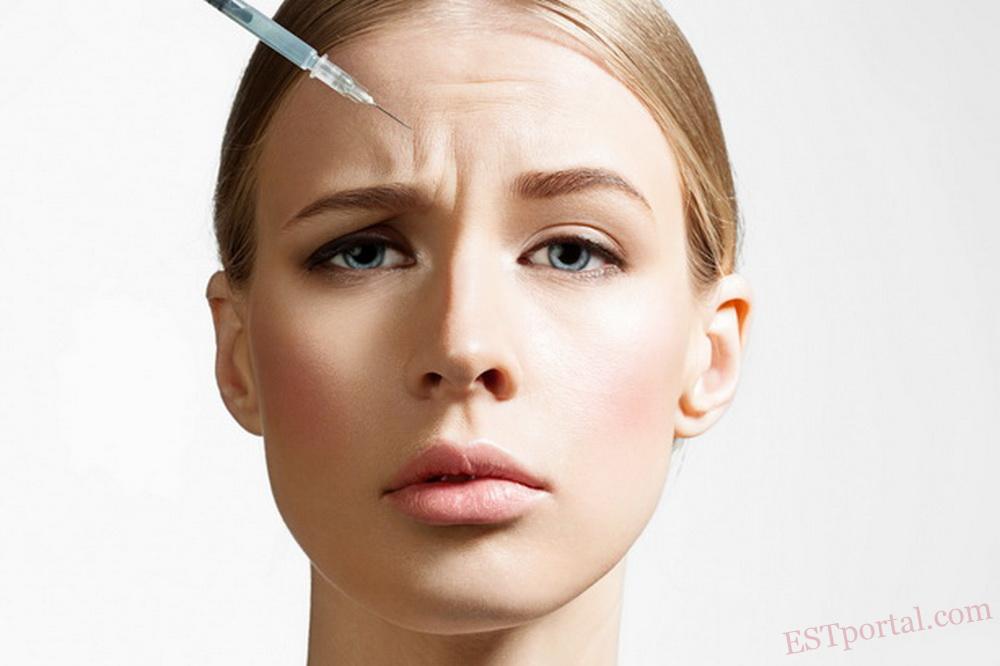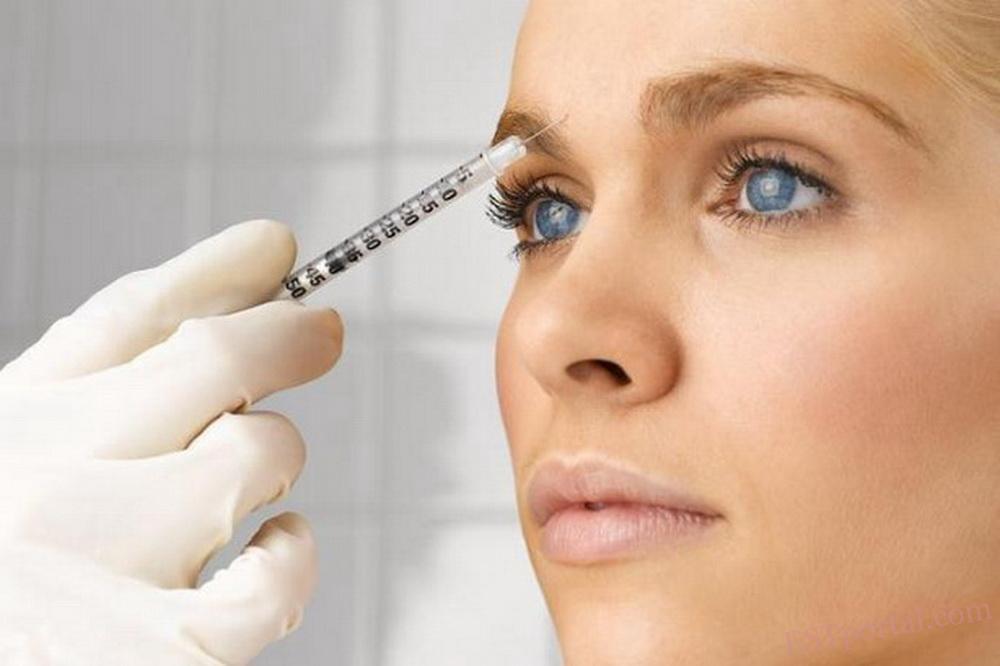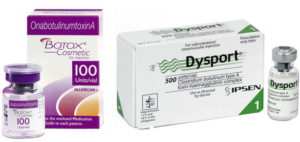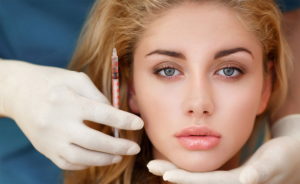
Why Does Botox Not Last as Long Anymore?
Many people have noticed that recently the effect of Botox has become shorter. Naturally, one might ask, why is the effect of Botox shorter these days? Previously, the results lasted about six months, but now only around three. Tolerance? Are cosmetologists diluting the product more? Has the composition of the drug changed?
Dermatologist-cosmetologist Olga Ibrakova (Tori Clinic) explains: “We, as cosmetologists, have also noticed a reduction in the duration of botulinum toxin’s effect. This issue has been repeatedly discussed at conferences, and inquiries were sent to the manufacturer. The official response is as follows: the composition of the product has not changed, and the duration of the effect remains the same; however, due to changes in patients’ lifestyles, it may be reduced.”
Factors reducing the effect of botulinum toxin
Supplements, vitamins, medications
The number of drugs, supplements, and vitamins taken by many patients plays a major role. For example, vascular medications enhance blood flow, improve microcirculation and regeneration — logically, this also accelerates reinnervation.
Not all medications have supporting studies; some effects are observed based on clinical experience.
Reduce the effect of botulinum toxins:
- aminoquinolines;
- certain groups of antidepressants (this does not apply to herbal preparations such as Novopassit);
- Phenazepam and other benzodiazepine group drugs;
- drugs that improve cerebral circulation (Mexidol, nootropics);
- some antihypertensive drugs, ACE inhibitors (Capoten, Captopril, etc.);
- vascular-strengthening drugs (Detralex, etc.).
While taking these groups of medications, the effect of Botox will either be weaker from the start or will not last very long.
Based on my own experience and that of colleagues, Reduxin — a weight loss drug — greatly reduces sensitivity to botulinum toxin. Once the drug is discontinued, after about 2 weeks the injection can be repeated, and the botulinum toxin will work.
Hormonal imbalances
A number of hormonal disorders can lead to a shortened effect of Botox.
Stress
Chronic stress affects the human hormonal balance overall, and in particular the production of catecholamines (hormones that influence, among other things, muscle contractions).
Other cosmetic procedures
Many patients undergo numerous facial treatments: laser resurfacing, microcurrents, LPG, various active massages, lymphatic drainage procedures, PRP injections, and certain mesotherapy drugs. All of these enhance microcirculation, which can also lead to faster recovery of innervation.
Too frequent injections
It is essential to follow the recommended interval between corrections. A correction should be performed no earlier than 2 weeks, but no later than 4 weeks.
If the protocol is violated and a correction is performed earlier, hypercorrection may occur. If the injection is done later than 4 weeks (after 5–6–8 weeks), or if the procedure is repeated every 2 months, antibodies may develop that cause resistance to botulinum toxin, and in the future the product will last less effectively.
The procedure should be repeated no earlier than every 3–4 months, regardless of the treatment area. Sometimes a patient says: “Two months ago I only had my forehead injected, let’s do the eyes now” — this is not allowed. You must wait another 1–2 months.
With Xeomin, this should not happen, but personally I always follow the recommended interval, so I cannot confirm it from experience.
The main feature of Xeomin is its very low content of albumin, the protein against which antibodies are produced. The botulinum toxin molecule is highly unstable; it tends to break down into two chains — a short and a long one — and is prone to adhesion, meaning binding to any surface, such as the vial wall or syringe wall. Albumin acts as a stabilizer that reduces adhesion. Since Xeomin does not contain albumin, resistance to this product should not develop. According to manufacturer trainers, if a patient has already developed resistance to botulinum toxin, sensitivity can be restored with Xeomin.
Initially, Xeomin was considered the weakest in action among the products. Now, the duration of effect of Xeomin, Botox, and Dysport has become approximately equal.
Factors that prolong the effect of botulinum toxin
There are also medications that enhance the effect of botulinum toxin. For example, taking certain antibiotics (aminoglycosides, macrolides, spectinomycin, polymyxins, tetracyclines) at the time of receiving injections from a cosmetologist may lead to an overdose: 100 units of botulinum toxin will act as 150, and instead of natural facial expressions, the patient may end up with a “frozen forehead.”
In the United States, there is a drug called Zytaze, designed to increase sensitivity to botulinum toxin. It contains zinc and phytase; however, when these components are taken separately (for example, as vitamins), a prolonging effect is not observed.
Statistics show that sensitivity to botulinum toxin increases with age. The approximate rule of thumb: after 50–55 years, the dose is reduced by half. This is the classical approach, though in practice everything is decided individually.
Conclusion
I have patients, about 10% of the total, in whom the product integrates perfectly and lasts 6–8 months. A significant part of this 10% are young women who do not undergo other cosmetic procedures. Perhaps part of the answer lies there. I also have a patient who takes several medications known to reduce the effect of botulinum toxins, but in her case they do not affect Botox. At the same time, there are many patients for whom the product lasts a very short time. To gather reliable statistics on patients’ lifestyles, large-scale studies are needed.
The official instructions have always stated that the product works for 3–4 months. However, in the patient informed consent form, it used to be written that the clinical effect lasts 6–8 months. There is no contradiction here: the product’s action ends and innervation is restored after 3–4 months. But due to the effect of muscle memory, the desired weakening of facial expressions continues longer. If you recall, even before, the product never lasted as a complete block for the full 8 months — after 3–4 months, some movement would return. We should also remember that today everyone wants a natural face with normal expressions, whereas previously wrinkles, especially on the forehead, were completely blocked. That is why injection techniques and dosages are changing. The manufacturer continues to study the product and find new approaches to correction.











